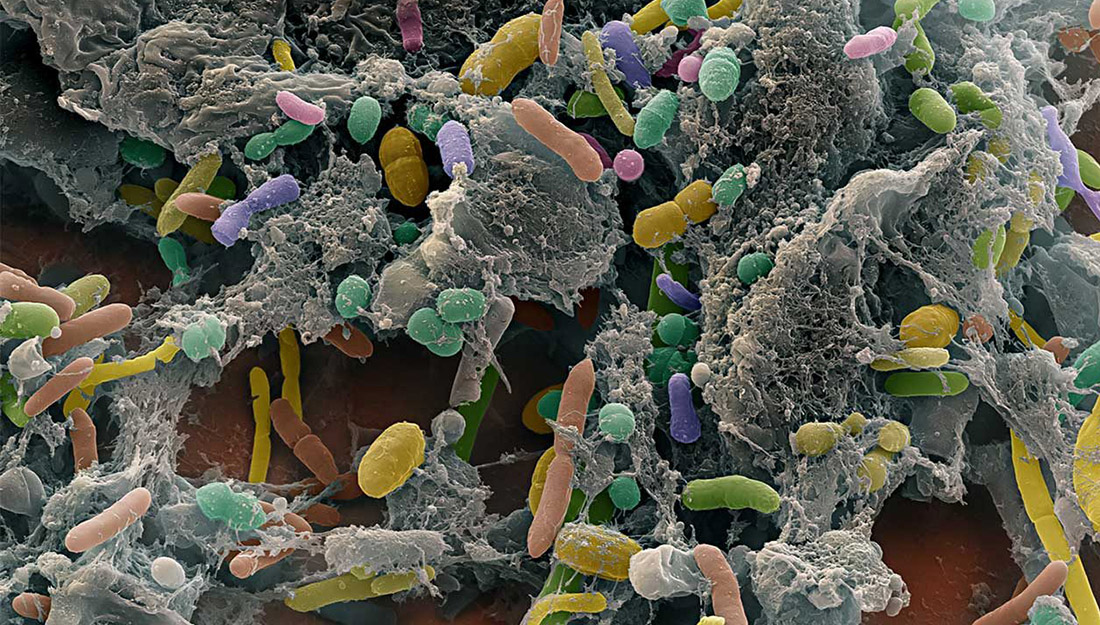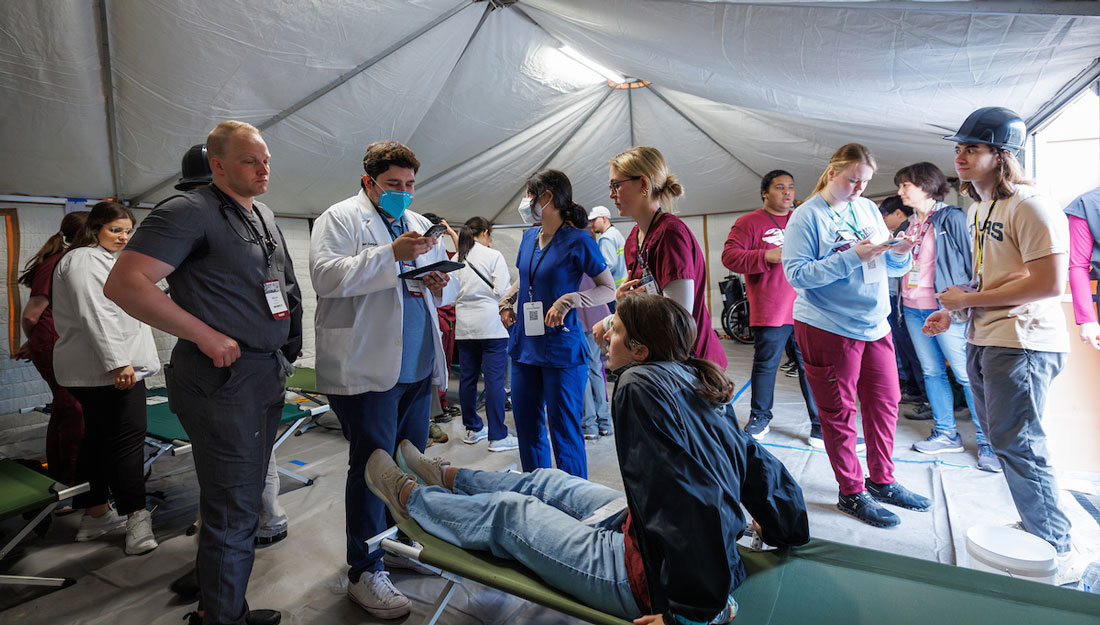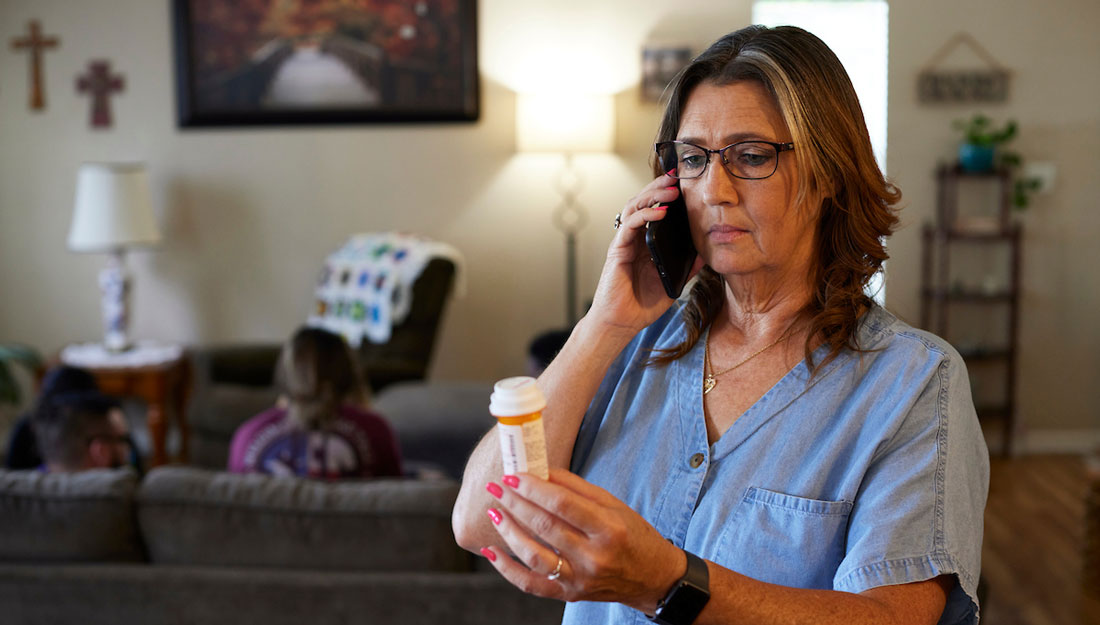- Christina Sumners
- Medicine, Research, Show on VR homepage
Treating diabetes using ‘the pharmacy within’
How the gut microbiome plays a major role in the development of type 2 diabetes

What if a treatment for diabetes was in the body all along? That’s the implication of new research by Robert C. Alaniz, PhD, assistant professor and director of both the Texas A&M University Core for Integrated Microbiota Research and the College of Medicine Cell Analysis Facility. Although the research is still in the early stages, it indicates that a compound they’ve named FB-10-A, produced by the microbiota of the gut, may be as good as metformin—the leading anti-diabetic drug—in treating diabetes.
Alaniz studies metabolomics, the science of the synthesis and function of natural molecules in a biological system, and its regulation of host immunity and physiology. “What we’ve found is that some of the compounds produced by the microbiota have very profound and important drug-like properties,” he said. Some of his previous published work (with Noah Cohen, PhD, VMD, MPH, and Canaan Whitfield, DVM, at the Texas A&M College of Veterinary Medicine & Biomedical Sciences) has found microbiota-produced compounds that may prevent the intestinal problems caused by the chronic use of NSAIDs (the class of analgesic drugs that includes ibuprofen, naproxen and aspirin). The microbiome is also linked to a number of complex diseases and conditions, from obesity and colitis to autism.
Alaniz collaborates with Chaodong Wu, PhD, associate professor and faculty fellow in the Texas A&M Department of Nutrition and Food Science, and Arul Jayaraman, PhD, an associate professor of chemical engineering in the Texas A&M College of Engineering.
It was already known that the microbiota play a role in the development of type 2 diabetes. “The microbiota itself can transfer and mediate diabetes,” Alaniz said. “When an animal model on a healthy diet is given the microbiota from an animal model of diabetes, that previously healthy animal begins to show signs of diabetes.”
Preliminary data in animal models has indicated that FB-10-A—a chemical found in the microbiota, which is present in high levels in healthy individuals—can mitigate the effects of a high-fat diet as well as metformin does, even though the two compounds have very different chemical structures. They both help control the amount of glucose in the blood and treat the symptoms of type 2 diabetes. The research team is excited and confident of their findings, so much so that they have filed a patent, which would allow them to bring FB-10-A to market as a new and much-needed anti-diabetic drug.
Beyond this, Alaniz and Jayaraman participated in the National Science Foundation’s I-Corps program to learn how to commercialize their discoveries, and they’ve cofounded a company called Fortis Biosciences, in collaboration with the Texas A&M University Health Science Center, to bring new compounds onto the market. “We want to take our discoveries and commercialize them for the benefit of patients,” Alaniz said. “Our approach—and we think it is a strong one—is to identify and therapeutically use microbiota compounds already in the body.” Presumably the hurdle of safety and toxicity would be much lower than that of an artificial drug produced in the laboratory because over the millennia, the microbiota have co-evolved with their human hosts for mutual benefit.
“We know that diabetes’ incidence is only rising, and on a more personal note, as a Latino, I am concerned about the extremely high rates in the Latino community, so I have some personal cultural reasons why I’m very motivated to peruse this,” Alaniz said. “But independent of that, scientifically, it’s tremendously exciting, and I think it has the potential to do a lot of good.”
Media contact: media@tamu.edu


